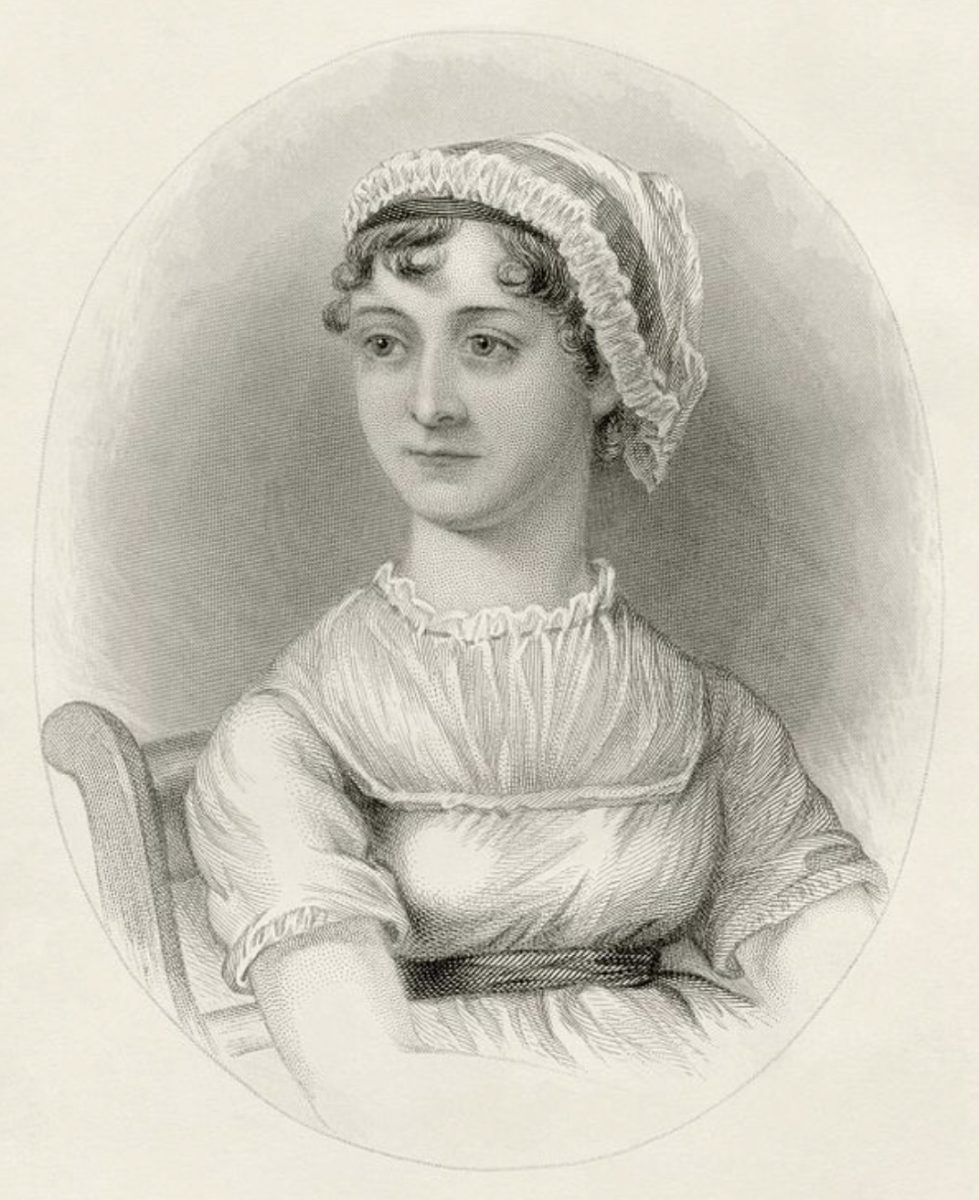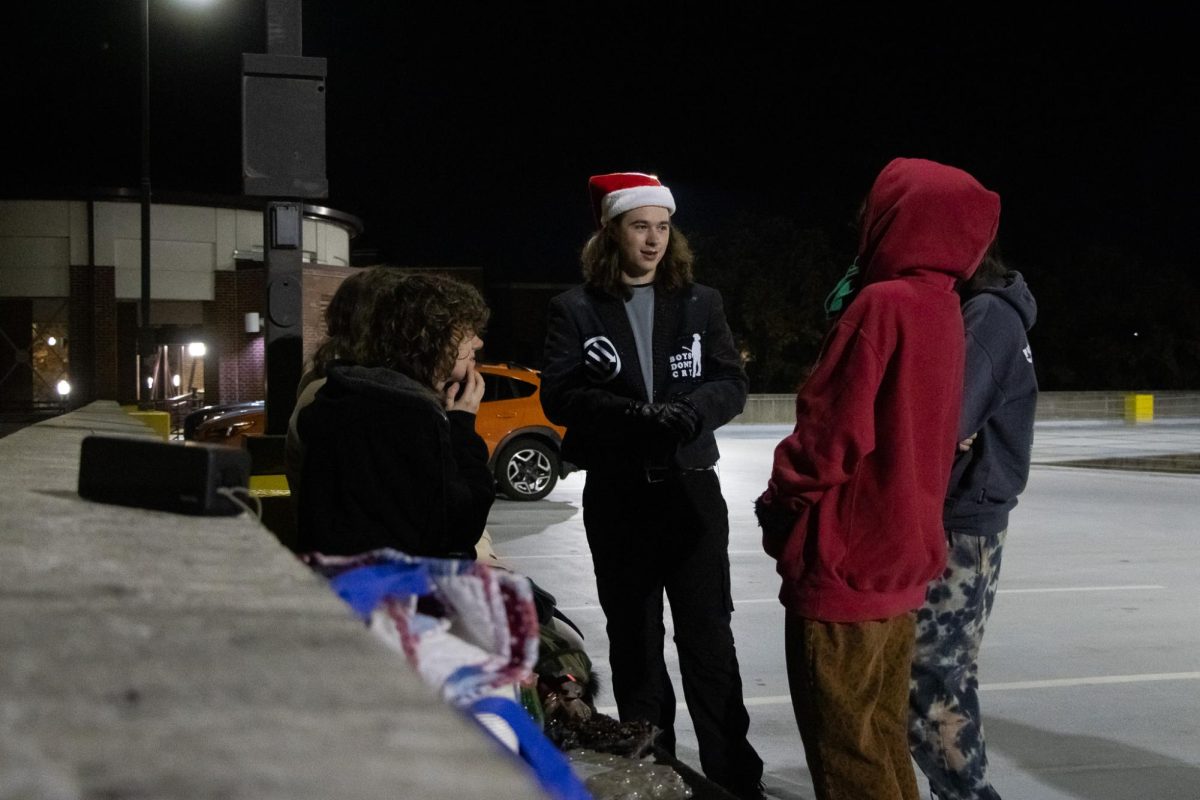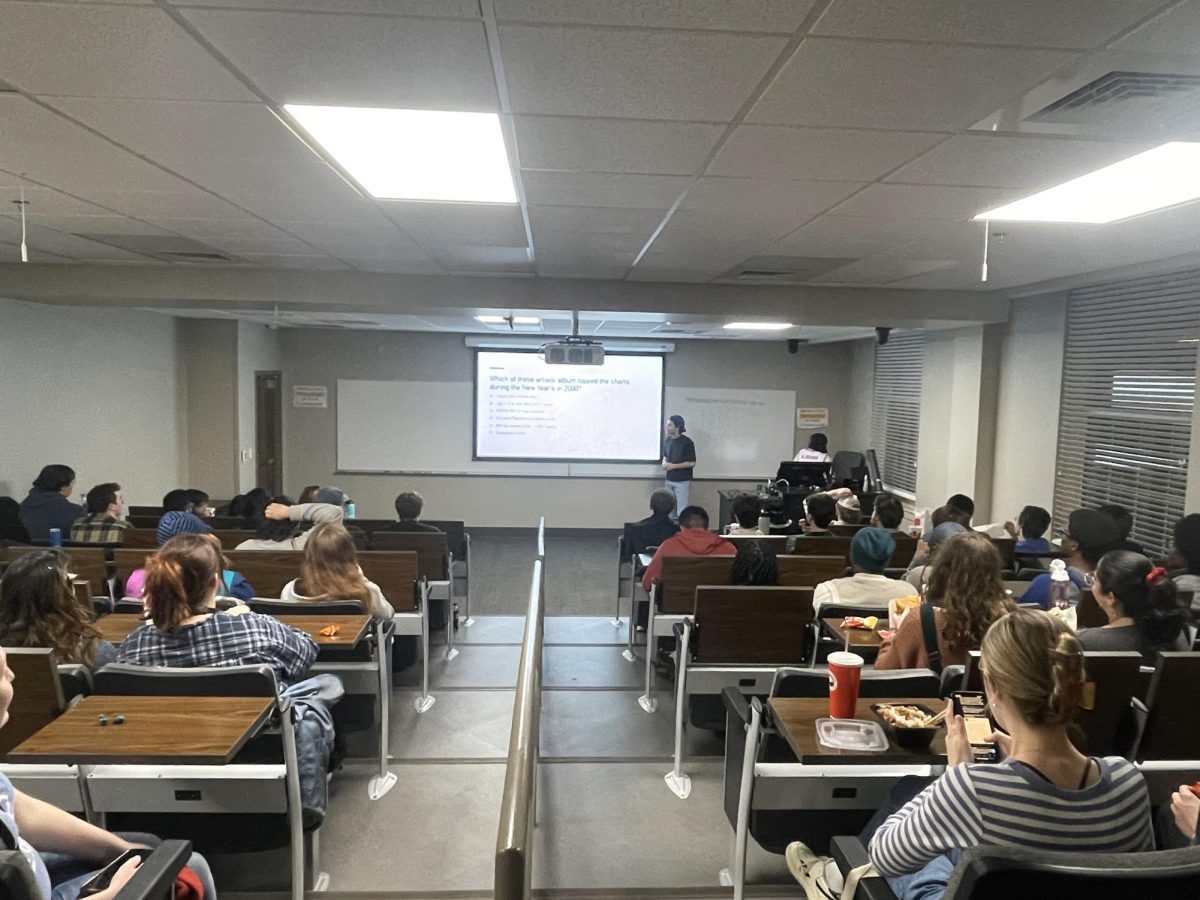For students, Homecoming means a week of competitions, parades and games, but for the Student Government Association Homecoming Committee, the week requires intensive planning beginning months in advance. The committee, which consists of an executive director, 24 assistant directors and about 75 committee members, plans each aspect of Homecoming including the theme, the parade and the community service opportunities.
Planning begins each year with the release of the application for the executive director in November, SGA Homecoming Executive Director Erica Floyd said. Next, the application for assistant director is released at the end of January. Finally, the committee member applications are released in March.
Meetings to plan for Homecoming begin as early as February, Floyd said. Most of the “behind the scenes” planning occurs during this time, she added, including reserving event venues, coordinating between student organizations, choosing a Homecoming theme and planning events to correlate with the theme.
Beginning in March, the executive director and assistant directors meet weekly to discuss Homecoming details, Director of Lawn Decorations Caitlin Gottstine said.
“As far as planning goes for the Lawn Decorations Committee, our main goal is to make sure all safety regulations are being taken care of with working with the health and safety department,” she said. “We also set rules and guidelines for putting up the frames and the scaffolding and make sure these are followed.”
For the Service Project Committee, planning includes coordinating with the Community Service Center and the Beat Auburn Beat Hunger coordinators, SGA Homecoming Director of Service Projects Sarah Papadelias said.
According to Papadelias, there are traditionally two service projects during Homecoming, but this year, the committee planned three: Crimson Kick-Off, a powder-puff football game between 20 sorority members to benefit Beat Auburn Beat Hunger and St. Francis Catholic Church; CanFormation, a competition between student organizations to build structures solely out of canned food; and a volunteer opportunity with St. Francis Catholic Church.
“I think that the service projects this year achieved their goals in uniting student organizations at the University and to give back to the campus community as a whole,” Papadelias said.
In addition to all of the events of Homecoming, a theme must also be chosen.
“The directors work together to brainstorm ideas, compile a list and select the final theme for Homecoming Week,” Floyd said. “Our theme selection must then be approved by various administrators and faculty members.”
“Share the Pride, Celebrate the Tide,” this year’s Homecoming theme, helps bring not only student organizations together, it also unites the entire campus, Papadelias said.
By the end of the process, Floyd said, the SGA Homecoming Committee spends a total of more than 75 hours making Homecoming into a memorable event for Alabama students.
“Basically, the planning of Homecoming Week is an eight-month process,” she said.








